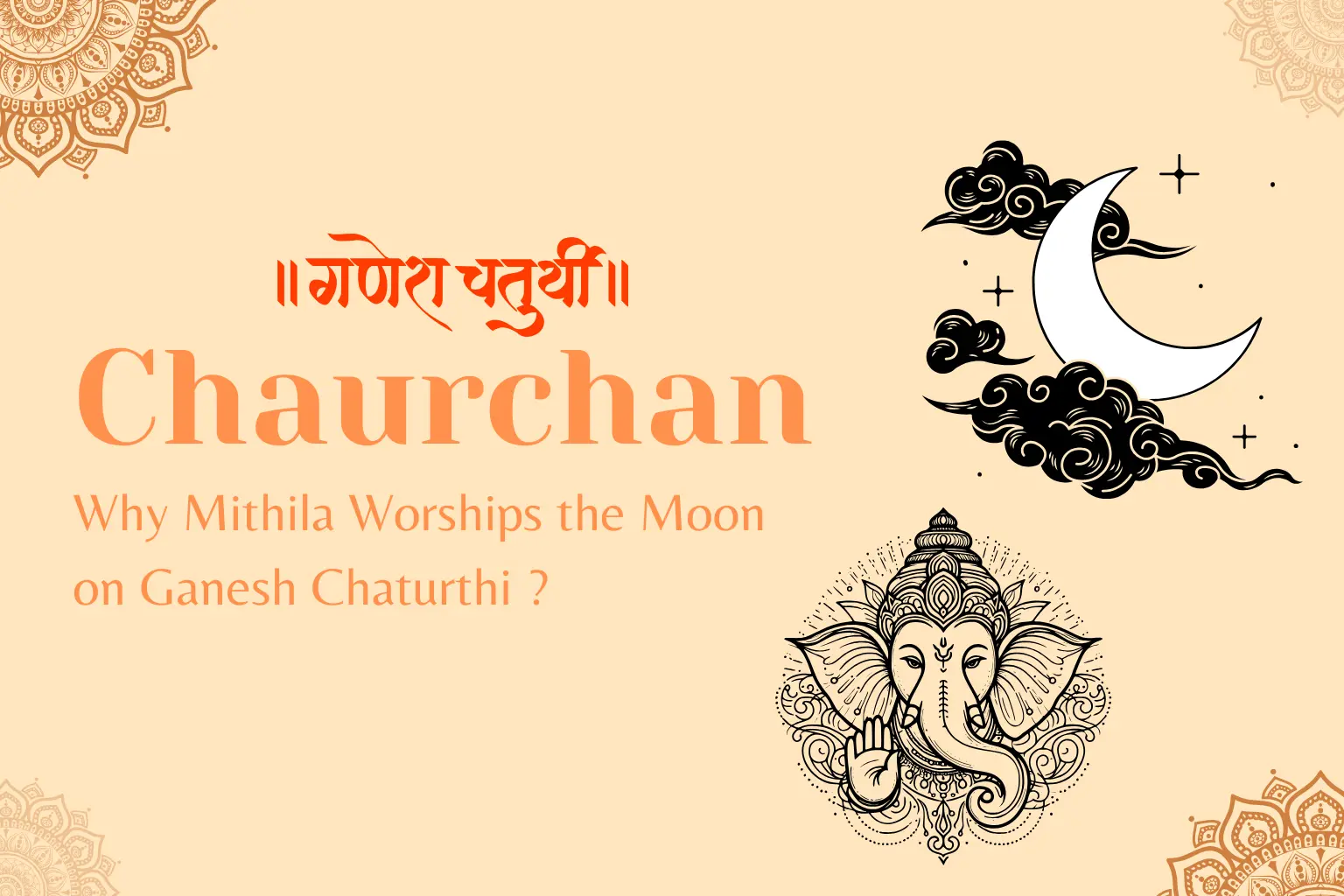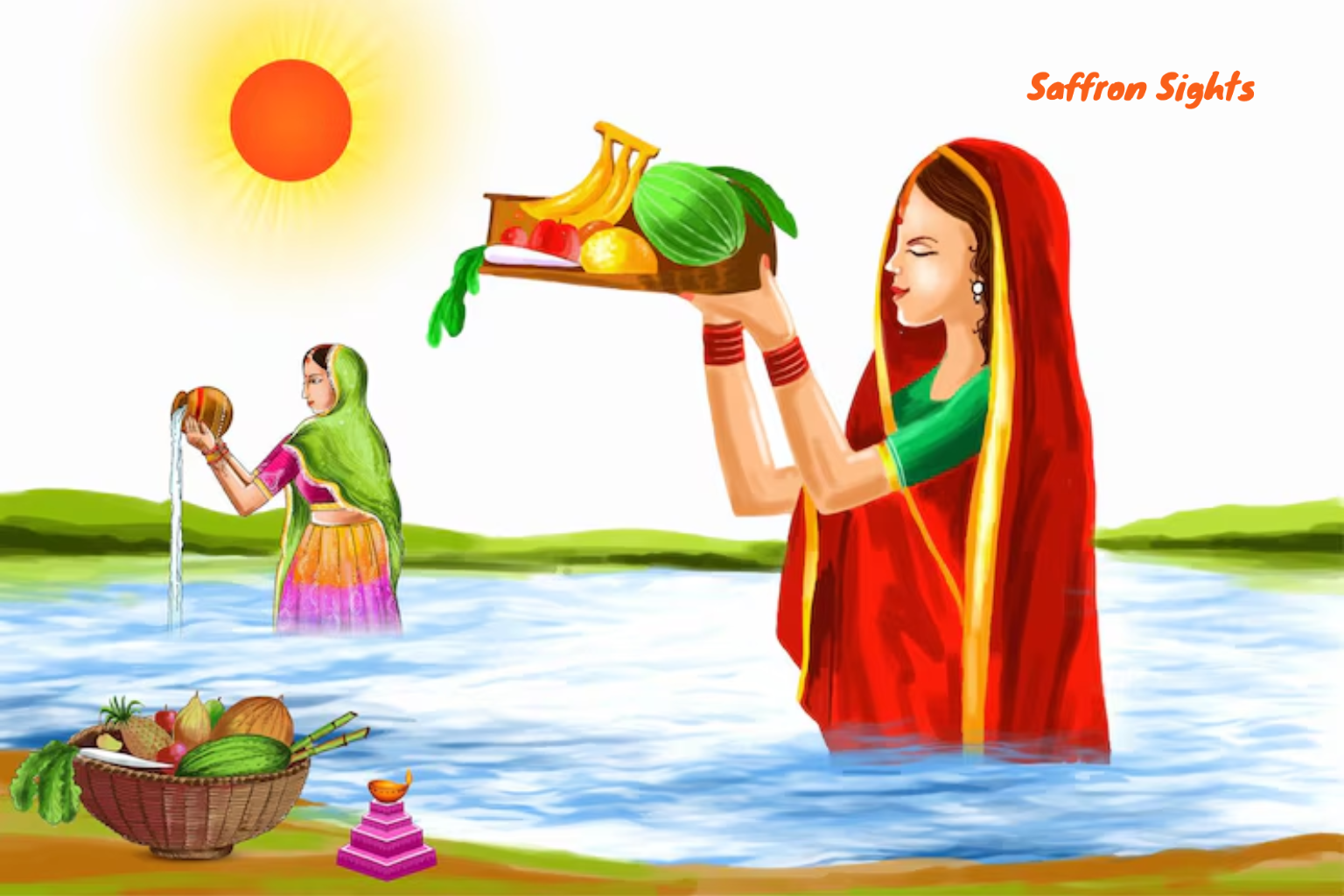What if there was a place where the divine presence of Lord Shiva could protect you from all dangers? A temple where faith turns into reality and where Shiva himself defeated evil to safeguard his devotees? This sacred place exists in Dwarka, Gujarat, known as Nageshvara Jyotirlinga—one of the twelve Jyotirlingas, where Lord Shiva’s energy manifests in its purest form. Whether you’re seeking spiritual awakening, divine blessings, or freedom from life’s hardships, a visit to Nageshvara promises an experience like no other.
Location of Nageshvara Jyotirlinga
Nageshvara is located in Dwarka, a city in the Saurashtra region of Gujarat. Dwarka is known for its beautiful beaches and is a major pilgrimage site, being one of the Char Dhamas (four holiest places in Hinduism). The temple is situated near the coast, offering a serene and peaceful environment for devotees.
The geographical location of Nageshvara is unique, as it is nestled between Dwarka and Bet Dwarka Island. This strategic placement makes it easily accessible while maintaining its spiritual aura.
How to Reach Nageshvara Jyotirlinga
Reaching the Nageshvara temple is quite convenient, with multiple travel options available:
- By Air: The nearest airport is Jamnagar Airport, about 131 km away. Regular flights connect it to major cities like Mumbai, Bengaluru, and Hyderabad.
- By Train: The closest railway station is Dwarka Railway Station, which has well-connected routes to cities like Ahmedabad, Rajkot, and Delhi.
- By Road: The temple is well-connected via NH51, with bus and taxi services available from Rajkot (217 km) and Ahmedabad (378 km).
Pro Tip: Combine your visit with the Dwarkadhish Temple and Bet Dwarka for a complete spiritual journey.
Why Do Devotees Visit?
The Nageshvara Jyotirlinga is a beacon of faith, healing, and protection. Many devotees believe that praying here:
- Neutralizes the effects of poison—both literal and metaphorical (negative influences in life).
- Grants spiritual liberation (moksha) and freedom from past sins.
- Strengthens marital harmony and family bonds.
- Helps in overcoming fears, obstacles, and challenges in life.
The soothing chants of “Om Namah Shivaya” and the temple’s peaceful ambiance make it a perfect place for introspection and divine connection.
Devotees’ Beliefs & Rituals
Pilgrims visiting Nageshvara follow age-old traditions to seek Lord Shiva’s blessings:
- Abhishekam: The sacred bathing of the Shiva Lingam with milk, water, honey, and ghee, while chanting Vedic hymns.
- Bilva Leaves Offering: These sacred leaves are believed to be dear to Lord Shiva and symbolize purity and devotion.
- Naga Dosha Remedies: Many couples seeking children or those affected by Naga Dosha (astrological affliction related to serpents) perform special pujas here.
Devotees hold strong beliefs about the protective powers of Nageshvara Jyotirlinga. They believe that worshiping here can safeguard them against snake bites and other dangers.
It is believed that worshiping at Nageshvara Jyotirlinga during Maha Shivaratri or Shravan month (July–August) brings amplified blessings.
The Mythological Story Behind Nageshvara
The legend of Nageshvara Jyotirlinga is both fascinating and inspiring. According to the Shiva Purana, a demon named Daruka terrorized devotees and imprisoned them in his underwater kingdom, Darukavana. Among the captives was a devoted follower of Lord Shiva, named Supriya, who encouraged others to chant Shiva’s name. Their unwavering faith invoked Lord Shiva, who appeared in his radiant Jyotirlinga form, defeated Daruka, and freed the devotees. Shiva then remained at the site as the Nageshvara Jyotirlinga, protecting his followers for eternity.
References from Sacred Texts & Slokas
Nageshvara Jyotirlinga is mentioned in several sacred texts, including the Shiva Purana and the Rudra Samhita. The Rudra Samhita refers to Nageshwar as Darukavana Nageswaram, highlighting its connection to the forest of Darukavana.
One of the revered slokas from the Shiva Purana is:
दारुकावने देवं सिद्ध-साधन-सेवितं नागेश्वरं महादेवं नमामि शशिशेखरम्
“Darukavane devam siddha-sadhana sevitam Nageshvaram mahadevam namami shashishekharam”
Meaning: I bow to the great Lord Nageshvara, worshipped by sages in Darukavana, the one who wears the moon as his crown.
Another powerful verse states:
यस्यां प्रसन्न वरदो नागेश्वरो विभुः। तस्य स्थानं परमं पुण्यं दारुकावनमाश्रितम्॥
“Yasyam prasanna varado nageshvaro vibhuh Tasya sthanam param punyam darukavanamashritam”
Meaning: The one who pleases Lord Nageshvara, the giver of boons, attains the highest merit by residing in Darukavana.
Additional Slokas:
सेतुबंधे तु रामेशं नागेशं दारुकावने॥
Meaning: At Rameswaram and in Darukavana, Nageshwar.
This sloka highlights the sanctity of Nageshvara, portraying it as a sanctuary for spiritual seekers.
Fun Facts About Nageshvara Jyotirlinga
- The Shiva Lingam Faces South: Unlike most Shiva temples, where the Lingam faces east, Nageshvara faces south, symbolizing protection from death (Yama).
- Absence of Nandi in the Main Complex: Unlike typical Shiva temples, Nageshvara has a separate shrine for Nandi, Shiva’s sacred bull.
- Colossal Shiva Statue: A 25-meter tall statue of Lord Shiva stands in the temple premises, offering a breathtaking sight.
- Submerged Lingam Mystery: Some believe that the original Jyotirlinga is submerged offshore, linking it to the mythical underwater city of Dwarka.
Final Thoughts
The Nageshvara Jyotirlinga is not just a historic temple, but a spiritual haven that has drawn millions of devotees for centuries. Whether you seek divine blessings, freedom from negativity, or simply a moment of peace, this Jyotirlinga offers an experience beyond the ordinary. As you stand before the sacred Shiva Lingam, let the echoes of “Om Namah Shivaya” fill your soul with strength, devotion, and serenity. A visit to Nageshvara is more than a pilgrimage—it’s a journey toward inner awakening.
Frequently Asked Questions
What is the significance of Nageshvara Jyotirlinga?
Nageshvara Jyotirlinga is one of the twelve sacred Jyotirlingas, representing Lord Shiva’s infinite power. It is believed to protect devotees from all forms of poison and evil while granting them spiritual liberation (moksha).
Where is Nageshvara Jyotirlinga located?
Nageshvara Jyotirlinga is situated in Dwarka, Gujarat, between Dwarka city and Bet Dwarka Island, making it a major pilgrimage site.
How can I reach Nageshvara Jyotirlinga?
- By Air: The nearest airport is Jamnagar Airport (131 km away).
- By Train: The closest railway station is Dwarka Railway Station.
- By Road: Nageshvara is well-connected by NH51, with taxis and buses available from Rajkot (217 km) and Ahmedabad (378 km).
What is the best time to visit Nageshvara Jyotirlinga?
The best time to visit is during Maha Shivaratri and Shravan month (July–August) when the temple sees grand celebrations and special rituals.
What is the legend behind Nageshvara Jyotirlinga?
According to the Shiva Purana, a demon named Daruka imprisoned devotees in an underwater city. A devotee named Supriya led them in chanting Shiva’s name, which invoked Lord Shiva, who then defeated the demon and remained there as Nageshvara Jyotirlinga to protect devotees.
What are the main rituals performed at Nageshvara Jyotirlinga?
- Abhishekam (sacred bathing of the Lingam) with milk, honey, ghee, and water.
- Offering Bilva leaves, which are sacred to Lord Shiva.
- Naga Dosha Puja, performed by those seeking spiritual relief from snake-related afflictions.
Is there an entry fee for Nageshvara Jyotirlinga?
No, entry is free for all devotees. However, special pujas may have separate charges.
What are the temple timings for Nageshvara Jyotirlinga?
The temple is open from 5:00 AM to 9:00 PM every day. Aarti timings vary, with morning and evening rituals being the most attended.
Why does the Shiva Lingam at Nageshvara face south?
Unlike most Shiva Lingams that face east, Nageshvara’s Lingam faces south, symbolizing protection from death and negative energies (Yama).
Are there any other attractions near Nageshvara Jyotirlinga?
Yes, nearby attractions include:
- Dwarkadhish Temple (one of the Char Dham pilgrimage sites).
- Bet Dwarka, believed to be the ancient kingdom of Lord Krishna.
- Rukmini Devi Temple, dedicated to Lord Krishna’s consort.





Leave a Reply